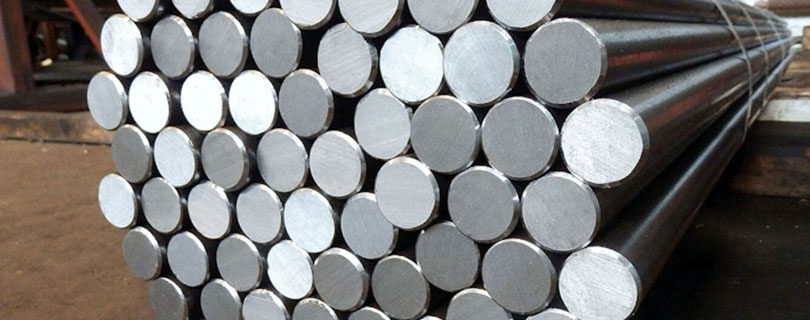

Hot working enhances the overall ductility of the material.Ĭold working features of this material is same as that of a moderately tempered austenitic stainless steel. Rough forging can be performed at 899☌ (1650☏) and completed at 843☌ (1550 ☏). In case intermediate stress relieving is required, the material has to be heated to 482☌ (900☏) for 45 min. Weldability of grade 2 Unalloyed Ti ("Pure") 50A alloy is rated as good.Īnnealing of this material can be performed by heating to 704☌ (1299☏), and then held for 2 h, which should be followed by air cooling. Grade 2 Unalloyed Ti ("Pure") 50A alloy can be hot or cold formed using power brake, hydropress, stretch or drop hammer methods. Tooling should be performed using tungsten carbide designations C1-C4 or cobalt type high speed tools. Grade 2 Unalloyed Ti ("Pure") 50A alloy is hard to machine but can be successfully done using slow speeds, high coolant flow, and high feed rates. Flexural strength, also known as bending strength, or transverse rupture strength, is a material property, defined as the maximum stress in a material just before it yields in a bending test. PropertiesĮquivalent materials to grade 2 Unalloyed Ti ("Pure") 50A alloy are as follows: ASTM B265

The thermal properties of grade 2 Unalloyed Ti ("Pure") 50A are tabulated below. The following sections will discuss in detail about grade 2 Unalloyed Ti ("Pure") 50A alloy. This alloy has been approved for sour service use under the NACE MR-01-75 Standard. Grade 2 Unalloyed Ti ("Pure") 50A alloy is the most commonly used and widely available grade of unalloyed titanium. Each commercial grade is produced to provide properties suited for different applications.
Titanum grade for flexture use skin#
Aluminum can also be anodized - effectively growing an ultra hard, ultra durable skin on the outside of the metal.Commercially pure titanium alloys contain small amounts of oxygen and iron that influence mechanical properties. So how does titanium actually compare to aluminum alloys? The results might surprise you!Ĭompared to grade 2 titanium, 7075-T6 aluminum is 33% lighter and has a higher tensile strength, strength-to-weight, and stiffness-to-weight. Grade 1/2 titanium is the softest and most ductile flavor of titanium, and easiest to stamp into shapes, but it lacks some of the amazing properties of more exotic titanium grades. Most titanium sporks on the market use grade 1 or 2 titanium (2 is slightly stronger), with no coating. Titanium is all the rage in the outdoor products world - sporks included - and for a metal that was named after a cadre of ancient Greek gods and goddesses, it certainly receives its share of the hype.

So how do aluminum and titanium actually compare? Read on! This helps align the molecules in the metal and can substantially change the way a metal behaves. Changing the alloy can affect things like strength, ductility, corrosion resistance, and more.īut wait - there’s more! We can further enhance material properties by adding a heat treatment or temper to the material - essentially, heating and cooling the material in a prescribed fashion. For instance, steel is primarily composed of iron, but can also include carbon, manganese, nickel, chromium, molybdenum, vanadium, and other alloying elements. Most “metal” used in production is actually an alloy - basically, a molten stew of different metals and compounds. Let’s start with some basics of material science. In particular, we’re going to focus on the differences between aluminum and titanium, both of which are commonly used in high performance outdoor gear, along with a variety of other materials.


 0 kommentar(er)
0 kommentar(er)
